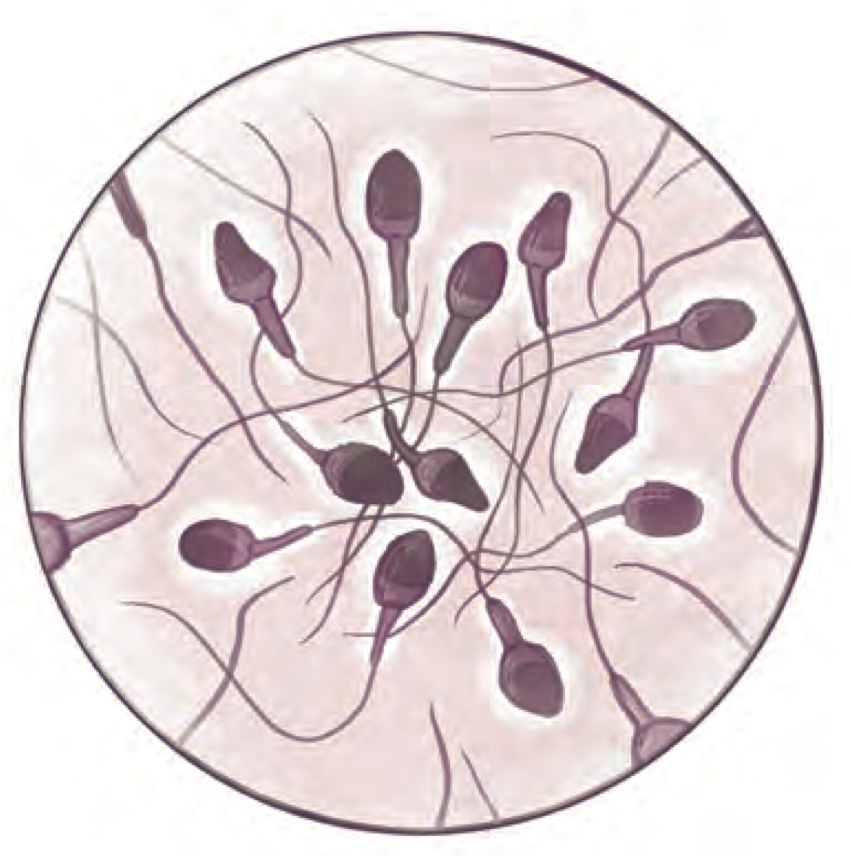I just finished his sperm retrieval and told him the good news: “If sperm were money, you’d be retired. You have enough sperm for many IVF cycles.” He smiled and then it fell away in thought. After a pause, he said: “If I have so much sperm, why can’t we do something simple and use turkey basting instead of IVF to conceive?”
Not All Sperm Are Alike

In general, there are 3 levels of technology available for baby making: Sex (“no-tech”), intrauterine insemination (IUI, “low-tech”) and assisted reproduction with in vitro fertilization (IVF, “high-tech”). A simple truth is that only sperm found in the ejaculate can be used with “low-tech” approaches. Everything else, meaning any sperm taken from a man’s body that has not yet been ejaculated, needs “high-tech” or IVF to make babies. More expensive and less fun for sure. But why?
Crawling Not Running
One reason is quite simple. Aspirated or retrieved sperm do not move very well. Remember, sperm have to travel 8-12 inches or so to get from where they are deposited to reach the egg with low-tech procedures. That’s a long and geographically tough road in sperm world, which is probably why it takes so many sperm to naturally fertilize a single egg. In research that we published over a decade ago, we learned that about ½ (50%) of ejaculated sperm move, whereas only 1/5 (22%) of epididymal sperm move, and a mere 1/20 (5%) of testicular sperm move. Not only that, aspirated sperm do not move as purposefully as we’d like to see. Poor forward progression in sperm-speak.
A Tad Immature
But there’s a much bigger barrier to using retrieved sperm for low-tech procedures. Although their genetic payload may be in great shape, aspirated sperm have functional “issues” due to their developmental immaturity. Normally, ejaculated sperm beeline for the ovulated egg upon release, not because they can “see” it, but because they can “smell” it. Aspirated sperm have not yet acquired the “chemosensors” necessary to “smell” the follicular fluid released with the egg. As a consequence, their motion resembles that of air-driven ping-pong balls in a lottery box. Utterly random.
Even if by sheer luck they happen to reach the egg, retrieved sperm just bounce right off of it. This is because there are other physiological features of aspirated sperm that affect their fertility. They are not able to undergo “capacitation” and “acrosome react,” both of which are critical for the sperm to penetrate the egg. In fact, sperm develop these attributes after they leave the testicle and as they pass through the epididymis for a two-week training course in how to be fertile.
So, some kinds of sperm absolutely depend on IVF to make babies, whereas others do not. However, despite these profound developmental differences, once eggs are fertilized, sperm of all kinds produce babies with remarkably similar efficiency. So, what the Monty Python song said is actually true: Every sperm really is sacred.



